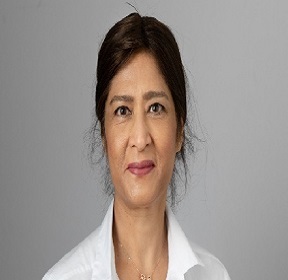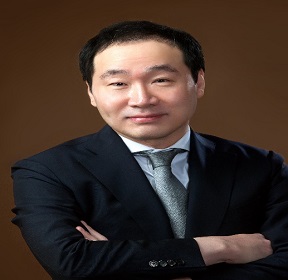Speakers
Shadaba Ahmed
Dow Medical College United KingdomTitle: Sialendoscopy my series
Abstract:
Sialendoscopy is a procedure used to examine the ducts of the major salivary glands. A miniature telescope, known as a micro-endoscope, is inserted into the appropriate salivary gland duct as it enters the mouth. This allows the salivary gland ducts to be explored and small instruments can be inserted through the micro-endoscope to remove any salivary stones or debris that may be present. Balloon dilatation of strictures can also be performe. Usually the procedure can be done under local anaesthetic. Once the telescope is introduced the duct will be examined. To allow inspection of the ducts they need to be rinsed with fluid throughout the procedure. This rinsing will cause some temporary swelling of your gland. The swelling usually resolves within twenty-four hours. Small stones can be removed through the Micro endoscope. Larger stones can sometimes be broken into smaller pieces and removed through the endoscope. In some cases a combined endoscopic and surgical approach will be recommended. This is usually for large stones that have become stuck within the ducts. Narrowing of strictures of the duct can be stretched to allow better salivary flow.
Biography:
Ahmed graduated in 1984 from Dow Medical College and in her training years rotated through all the major teaching hospitals in North West London. She initially trained in Head & Neck cancer surgery; thereafter in Otology and Salivary Gland surgery. Ms Ahmed is now a full-time ENT Consultant in the Morecambe Bay Trust and has worked with them for about 16 years. She performs all mastoid surgery, most other forms of ear surgery and is the only ENT Surgeon at Morecambe Bay Trust undertaking salivary gland surgery, particularly of the parotid gland. She has also trained in sialendoscopy which is an endoscopic; organ preservation approach to salivary gland pathology.
Hee-Young Kim
Chung-Ang University Republic of KoreaTitle: Vertigo: Eustachian tube function should be tested before vestibular function
Abstract:
Eustachian tube dysfunction (ETD) is defined by symptoms and signs of pressure dysregulation in the middle ear. Vertigo associated with ETD is caused in most (and perhaps all) instances by unilateral Eustachian tube obstruction or by more complete obstruction one side than the other. Vertigo due to unilateral ETD was first defined as “alternobaric vertigo” (or ‘vertigo altenobarica’), by Dr. Claes Lundgren who coined the term in 1965 to describe vertigo in deep-sea divers. The fundamental mechanism of ABV is asymmetrical middle ear pressures. This diagnosis can also be applied to cases at ground level, no matter how minute the difference in pressure is. Persistent ABV at ground level is associated with abnormal vestibular function test results. ABV should be differentiated from any condition conferring active risk of vertigo or severe disequilibrium. Vestibular organ dysfunction is caused by poorly regulated pressure in the middle ears. Vestibular organs are dependent variable organs. Every clinical test currently used to assess vestibular function should ideally be performed in a state where pressures in the middle ear cavities are well within normal range, and perfectly balanced between the ears. Taking these points into consideration, I would like to (1) propose that ABV be included in the ETD Consensus Statement as an official symptom of ETD, (2) reiterate that Eustachian tube function should be tested before vestibular function, and (3) call for case studies and research into cases of vertigo where Eustachian tube function was assessed before vestibular function.
Biography:
Hee-Young Kim is an otolaryngologist and director of Kim Ear, Nose and Throat Clinic, Seoul, Republic of Korea. He received his Doctor of Medicine, and PhD in pathology from Chung-Ang University, South Korea. His area of academic interest is Eustachian tube disfunction and he has published on topics such as Vertigo: Eustachian tube function should be assessed before vestibular function, Eustachian tube catheterization, vertigo due to Eustachian tube obstruction in peer-reviewed journals. He was awarded the Albert Nelson Marquis Lifetime Achievement Award. Since 2016, he has served as the Editor-in-Chief of the Journal of Otolaryngology-ENT Research.
A PHP Error was encountered
Severity: Notice
Message: Undefined index: script
Filename: blocks/footer.php
Line Number: 395
Backtrace:
File: /var/www/html/application/modules/webinars/views/blocks/footer.php
Line: 395
Function: _error_handler
File: /var/www/html/application/third_party/MX/Loader.php
Line: 364
Function: include
File: /var/www/html/application/third_party/MX/Loader.php
Line: 306
Function: _ci_load
File: /var/www/html/application/core/MY_Loader.php
Line: 123
Function: view
File: /var/www/html/application/modules/webinars/controllers/Tentative_program.php
Line: 27
Function: webinar_template
File: /var/www/html/index.php
Line: 317
Function: require_once


